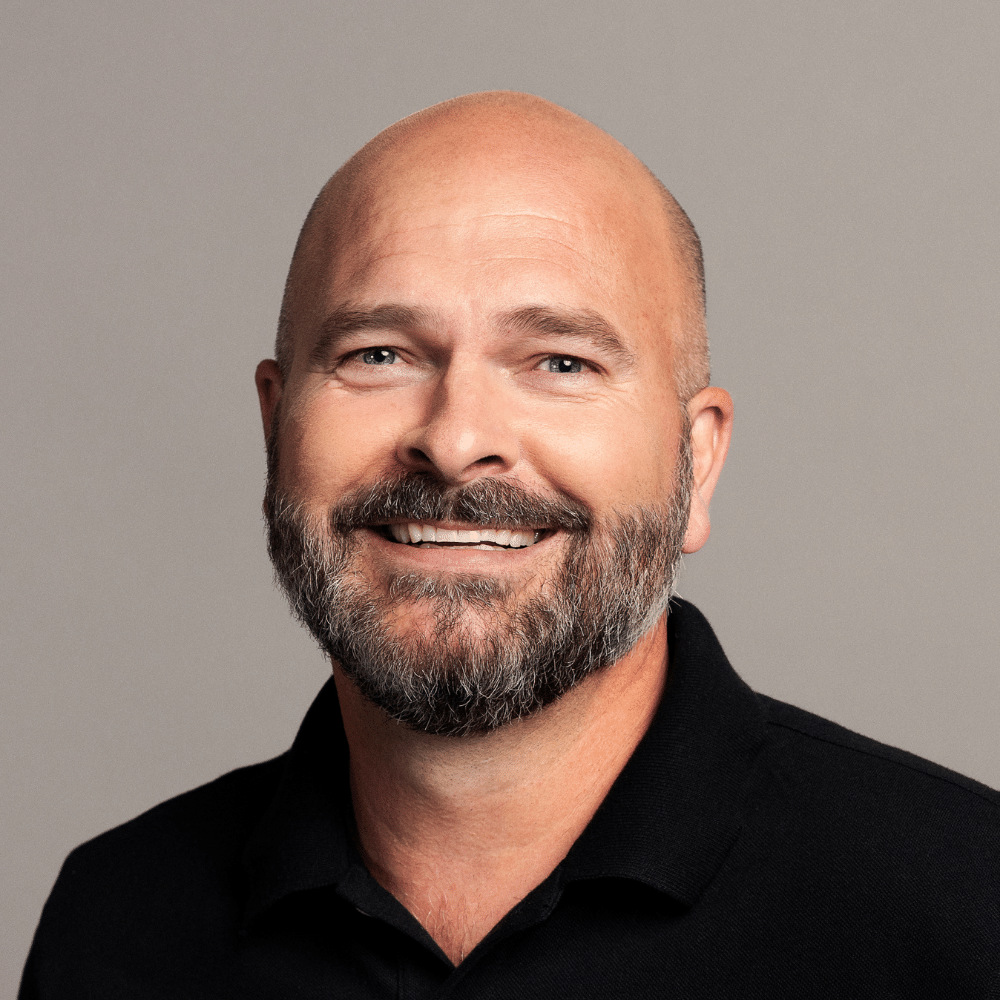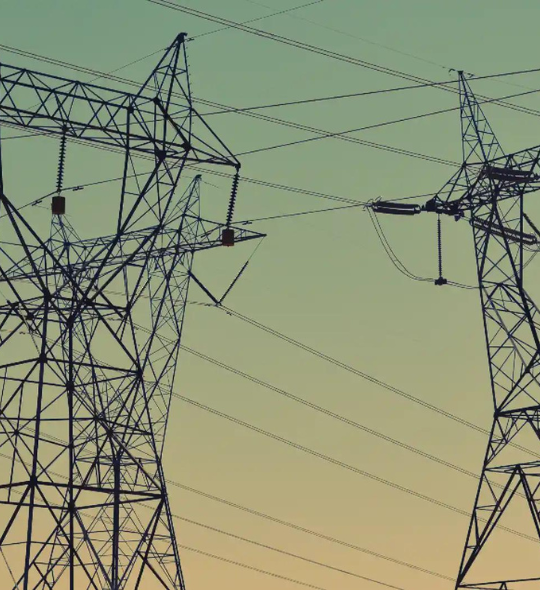
Tackling building emissions is a key part of New York’s climate action plan.
TL;DR
-
Large building owners in New York need to cut emissions in the lead-up to Local Law 97’s implementation in 2025.
-
The patchwork of different funding options is difficult to navigate as each option comes with restrictions and limitations.
-
Building owners need access to flexible, hardware-agnostic funding that minimizes risk.
Buildings are a major source of emissions, and New York is taking aim with Local Law 97. In the coming years, emission limits will be imposed, highlighting the need for investments in clean technology solutions.
Lowering a building’s energy use and carbon footprint takes time. Building owners need to start now if they want to be ready when the law takes effect in May 2025.
Are your properties ready for Local Law 97?
New York has ambitious emissions reduction targets, and needs to slash the carbon footprint of large buildings. This is where Local Law 97 comes in. It sets limits on building emissions — limits that become stricter over time.
Nearly 60,000 buildings (over 25,000 square feet) fall under Local Law 97’s purview. Groups of buildings (totalling over 50,000 square feet) that are part of the same tax lot or condo development are also impacted.
Starting on May 1, 2025, all eligible buildings must submit yearly emissions reports. Failure to do so will cost $0.50 per square foot, per month. This means that a 100,000 square foot building would face a fine of $50,000 per month until it submitted a report.
Building owners will also face an annual penalty of $268 per tonne of carbon dioxide (CO2) if they exceed the emissions limit.
The limits for 2024-29 will mainly impact the highest 20 percent of emitters, as most buildings already emit less than the cutoff for those years. That said, emissions limits will become stricter from 2030-34. This will impact around 75 percent of all eligible buildings.
Local Law 97 is already spurring many building owners to improve energy efficiency, but accessing funding remains an issue.
Navigating clean technology funding programs is complicated
Building owners in New York are confronted with a patchwork of different funding options. Finding the right choice is often difficult and many clean energy loans — while well intentioned — come with restrictions and risks.
For example, the New York State Energy Research and Development Authority (NYSERDA) places limits on loans given to multi-family residences and small businesses. The New York City Energy Efficiency Corporation (NYCEEC) also places financing limits on project size, with a minimum loan of $100,000.
A NYSERDA participation loan covers 50 percent of the principal, up to $50,000. This means that borrowers have to seek out additional lenders to fund larger projects. Projects need NYSERDA sign-off, and if your heating project is 88 kilowatts (kW) or higher. It also needs utility approval to qualify for funding.
To truly accelerate the adoption of clean technology, energy users need a straightforward, flexible, hardware-agnostic funding platform.
Similarly, a NYSERDA on-bill recovery loan is limited to $50,000, and borrowers have to use NYSERDA’s chosen lender. This provides less choice and limits the scope of eligible projects. And only companies with 100 or fewer employees qualify.
Alternatively, energy users looking for funding might consider PACE loans, but these come with their own risks. Specifically, PACE loans usually go to the front of the bill, ahead of the mortgage they are tied to. This means that borrowers failing to repay PACE loans on time risk property seizure.
The National Consumer Law Center (NCLC) has warned about the problems with PACE loans. With few consumer protections, there are serious risks of predatory lending and upselling of clean technology solutions.
Moreover, both the Federal Home Loan Mortgage Corporation (Freddie Mac) and Federal National Mortgage Association (Fannie Mae) will not purchase property loans with PACE at the top of the bill. This makes it harder for borrowers to refinance or sell properties with PACE loans.
To truly accelerate the adoption of clean technology, energy users need a straightforward, flexible, hardware-agnostic funding platform.
EnPowered helps your customers get ready for Local Law 97
In order to empower as many energy users as possible, EnPowered Payments provides a one-stop shop for cleantech projects. As long as your project is at least $10,000, and your demand 100 kW or more, Payments will help you get started. Payments works with any solution, and provides tailored plans to fit organizations of all sizes.
EnPowered Payments is an on-bill payments platform that allows you to pay for clean technology solutions through your electricity bill. With no up-front costs, you will start saving right away. And your risk is minimized, shouldered instead by the lender.
Solutions are paid with a part of your energy savings. Once the solution has been paid in full, you will enjoy 100 percent of the savings, and even lower energy bills.
Ready to learn more? Contact us today to discover how Payments can help you unlock stalled projects, and help your customers cut their energy costs and emissions.





